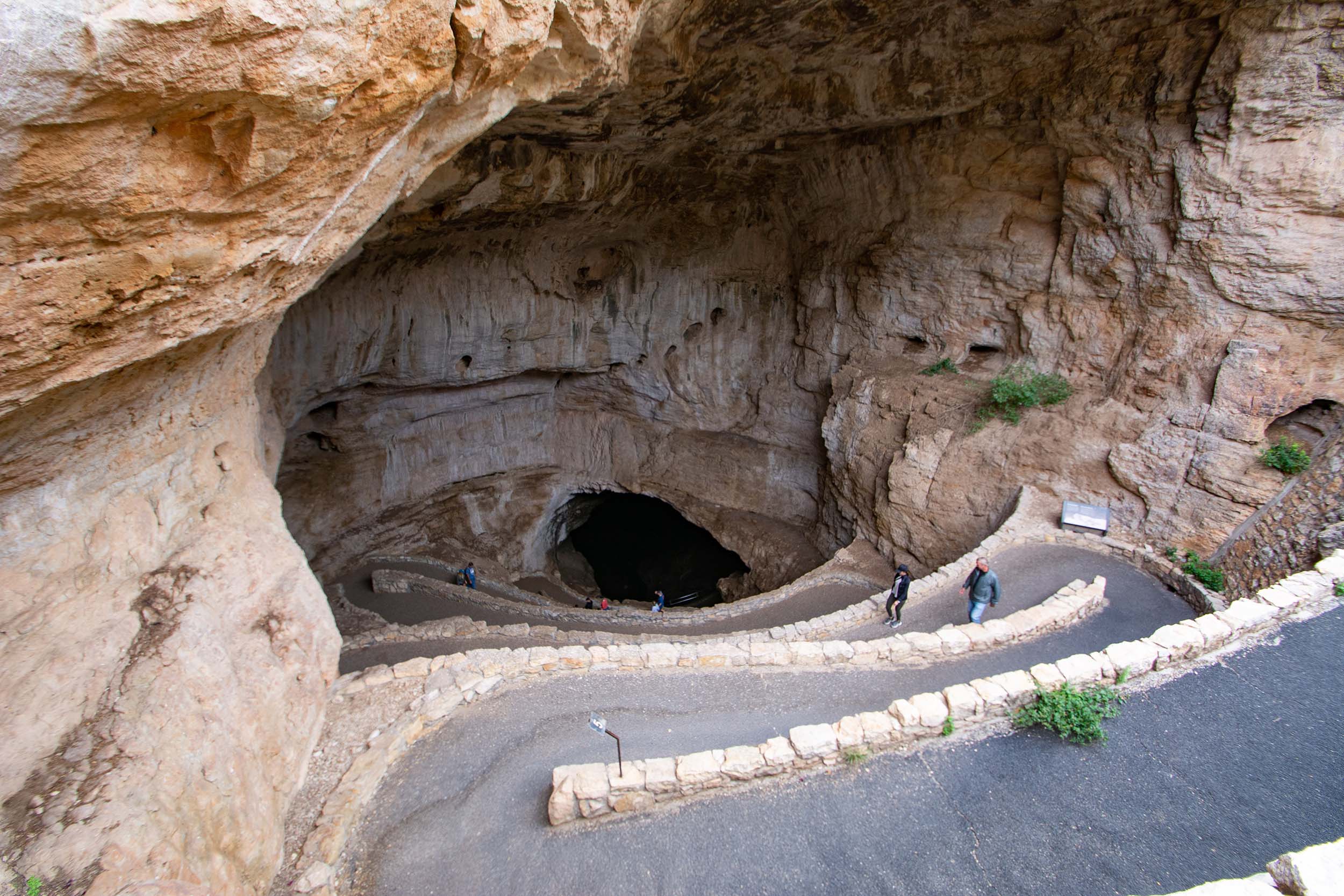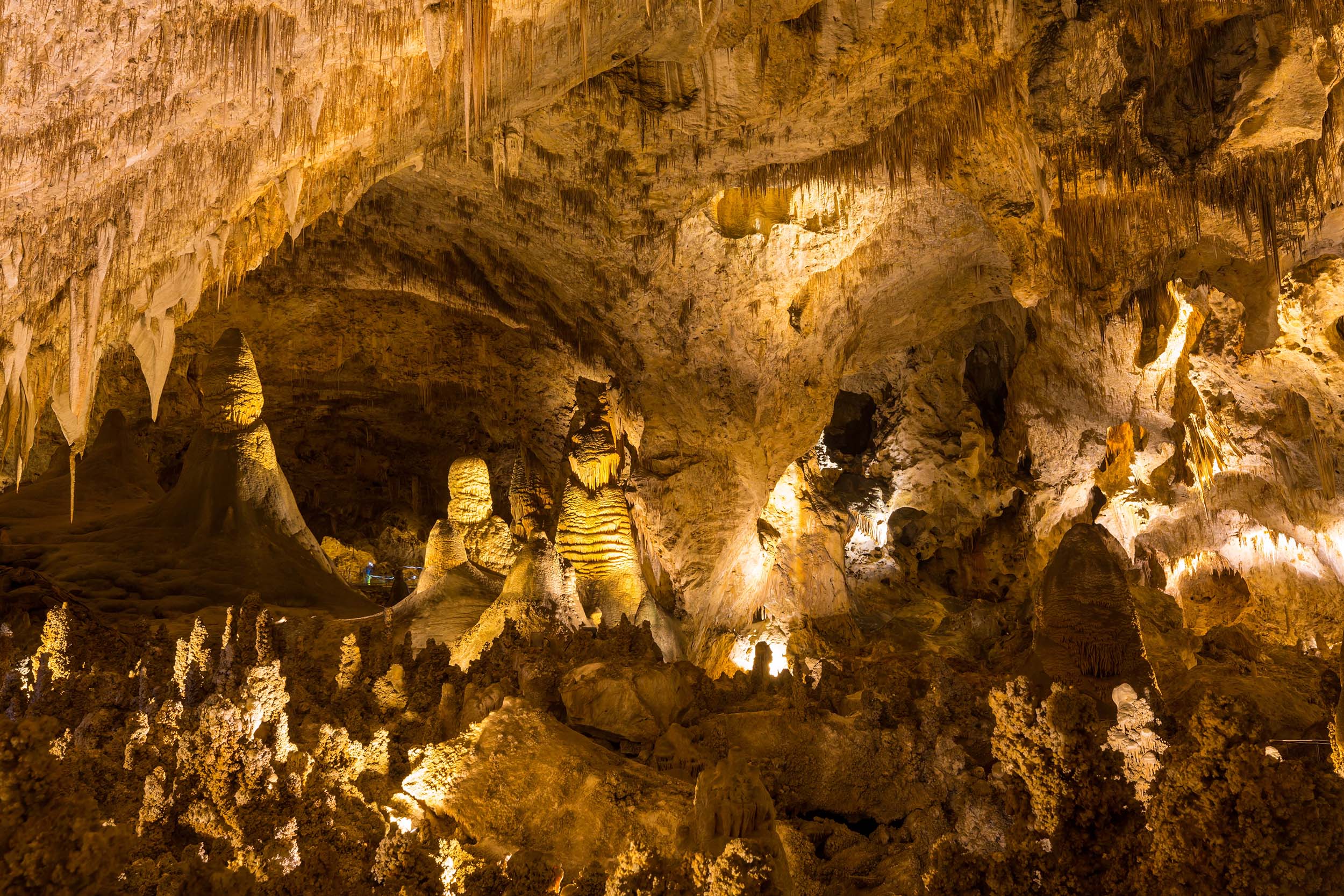Park Information Quick Facts
Location: New Mexico
Park Size: 46, 766 Acres
Time Needed: 1-2 days
Best Season: April-May
Must Do: Slaughter Canyon Cave
Pro Tips: Visit in the late afternoon during the summer months to experience the incredible Bat Flight Program.
Visitor Centers
The Visitor Center at Carlsbad Caverns National Park serves as the perfect starting point for any adventure into this geological wonder. Located at the top of the Guadalupe Mountains, the facility provides stunning views of the surrounding desert landscape. Inside, visitors can find educational exhibits that detail the formation of the caves, the diverse ecosystem of the region, and the history of exploration within the caverns. Interactive displays and videos offer insights into the park’s geology and its unique wildlife, including the famous Brazilian free-tailed bats. The Visitor Center also houses a bookstore, a gift shop, and a café, ensuring guests have all the resources they need before venturing into the caverns.
Plan Your Carlsbad Caverns Adventure Today!
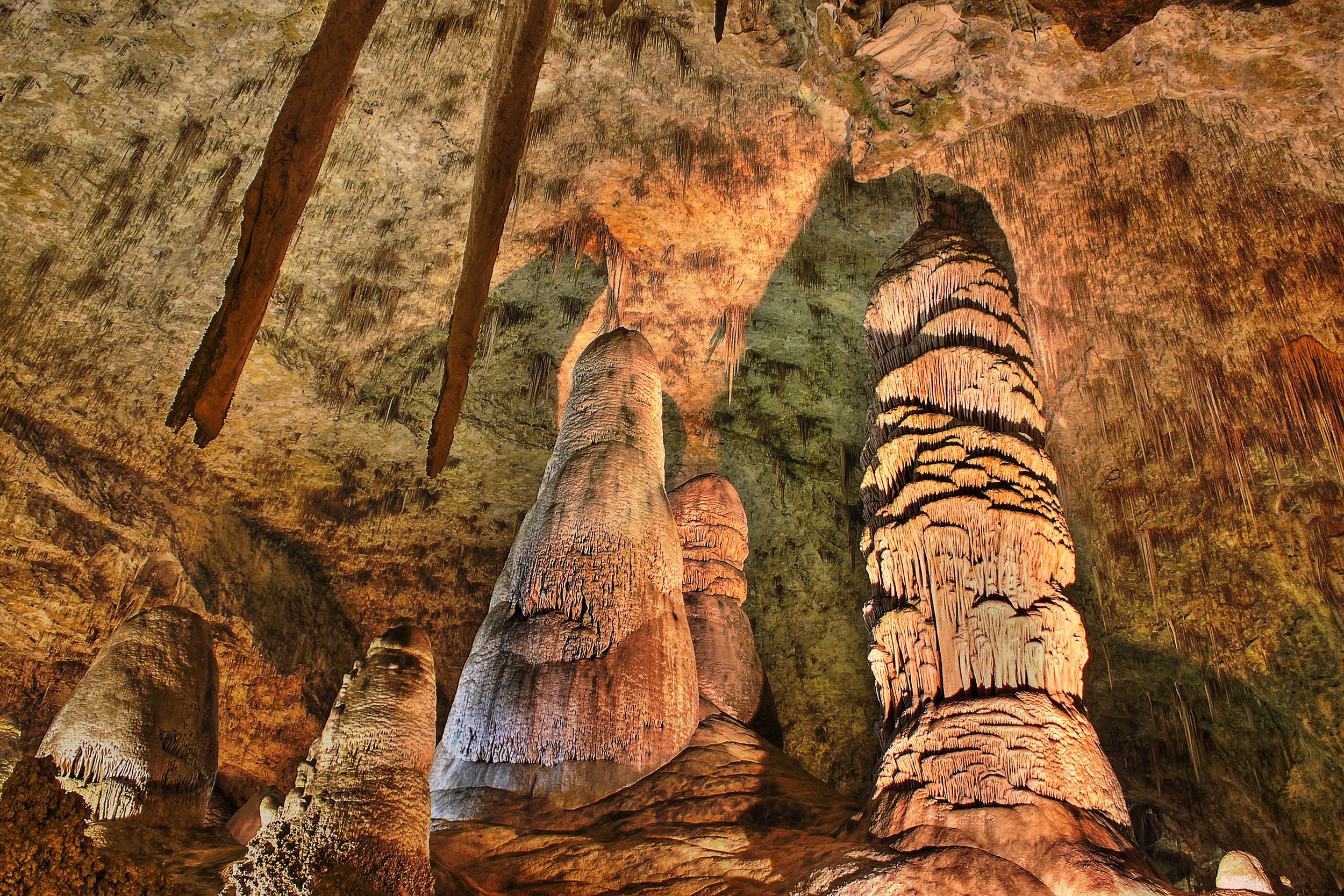
Getting There
How to Travel to Carlsbad Caverns National Park
Traveling to Carlsbad Caverns National Park involves planning your route and understanding the best ways to reach this remote yet awe-inspiring destination in southeastern New Mexico. The nearest city is Carlsbad, located about 20 miles from the park, which offers accommodations, dining, and amenities for visitors. If flying, the closest major airports are in El Paso, Texas (approximately 150 miles away), and Albuquerque, New Mexico (around 275 miles away). From these airports, renting a car is the most convenient way to reach the park, as public transportation options are limited in this rural area. Scenic drives through the desert landscape make the journey an enjoyable part of the trip.
For those driving, the park is accessible via U.S. Highway 62/180, which connects to Carlsbad and stretches southward toward the Texas border. Road conditions are typically good, and clear signage directs visitors to the park’s entrance. Before heading out, ensure your vehicle is ready for desert travel by checking fuel levels, as gas stations can be sparse in the surrounding area. Additionally, consider timing your arrival to maximize your visit; mornings and late afternoons are ideal for beating the heat and enjoying optimal lighting for photos of the rugged terrain. Trail Ridge Road within the park is well-maintained, making it suitable for most vehicles.
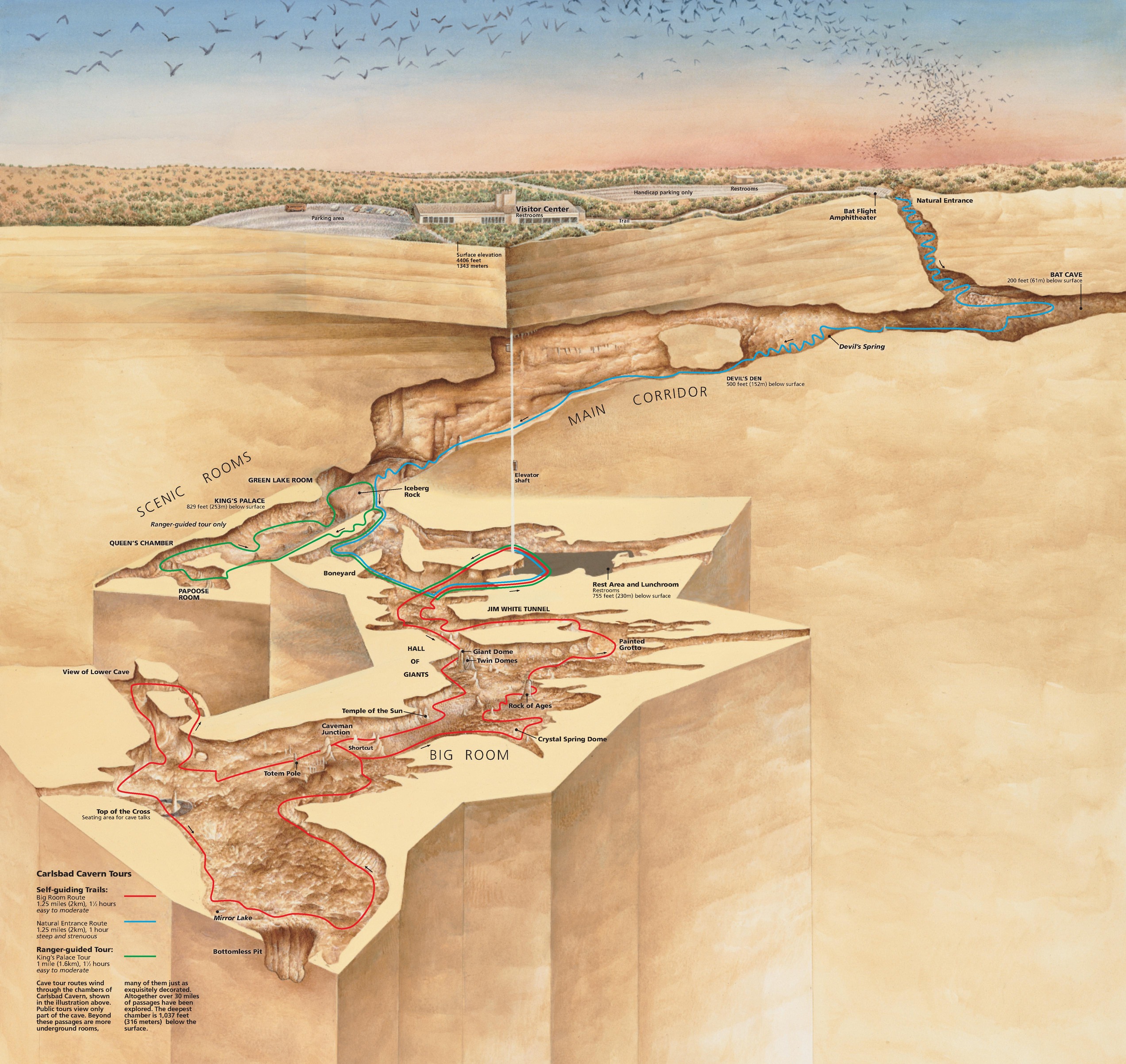
Camping
Backcountry Camping at Carlsbad Caverns National Park:
- Location: Inside Carlsbad Caverns National Park
- Details: The park allows primitive backcountry camping in certain designated areas, though there are no established campgrounds or facilities. Visitors must obtain a free backcountry camping permit at the Visitor Center before setting up camp. This option provides a more rugged, off-the-grid experience in the desert environment, with minimal amenities. It’s important to bring all necessary supplies, including water, as there are no water sources in the backcountry. Campers should also follow Leave No Trace principles to preserve the area.
Guadalupe Mountains National Park (Nearby):
- Location: About 40 miles west of Carlsbad Caverns
- Details: Although not directly within Carlsbad Caverns, Guadalupe Mountains National Park offers two developed campgrounds—Pine Springs Campground and Dog Canyon Campground. Pine Springs is the larger and more accessible of the two, offering 20 sites for tents and small RVs (no hookups). Dog Canyon is more remote, located at a higher elevation, and has 8 sites for tents only. Both campgrounds provide picnic tables, restrooms, and water. These sites offer a scenic and less crowded alternative for those seeking to explore the surrounding mountains and desert.
Carlsbad KOA (Private Campground):
- Location: In Carlsbad, New Mexico, approximately 20 miles from Carlsbad Caverns National Park
- Details: The Carlsbad KOA is a private campground offering a range of accommodations, including tent sites, RV sites with full hookups, and cabins. This campground has amenities like restrooms, showers, a swimming pool, and a playground, making it a more family-friendly option. It’s a great choice for those looking for comfort and convenience, while still being close enough to visit the park.
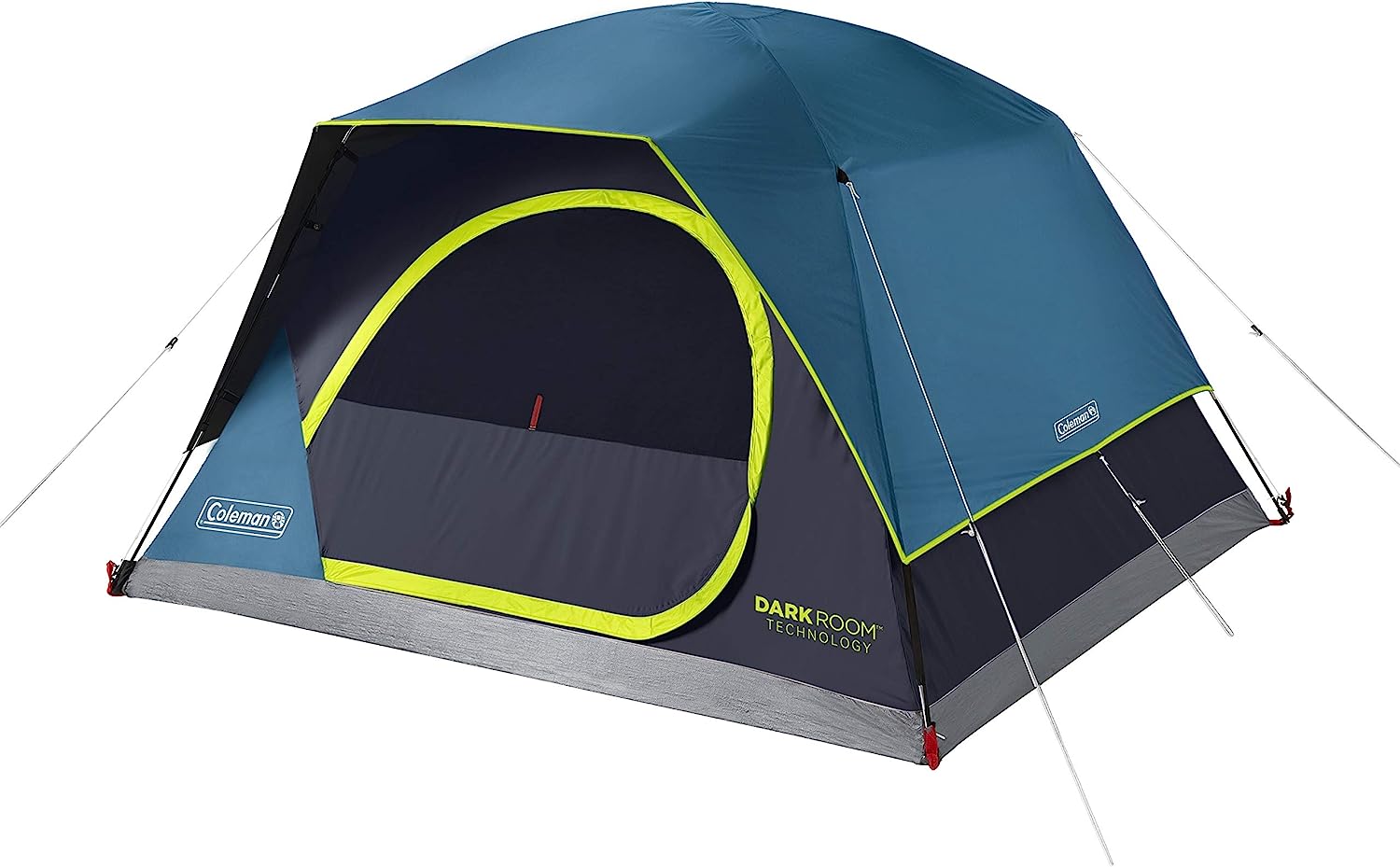
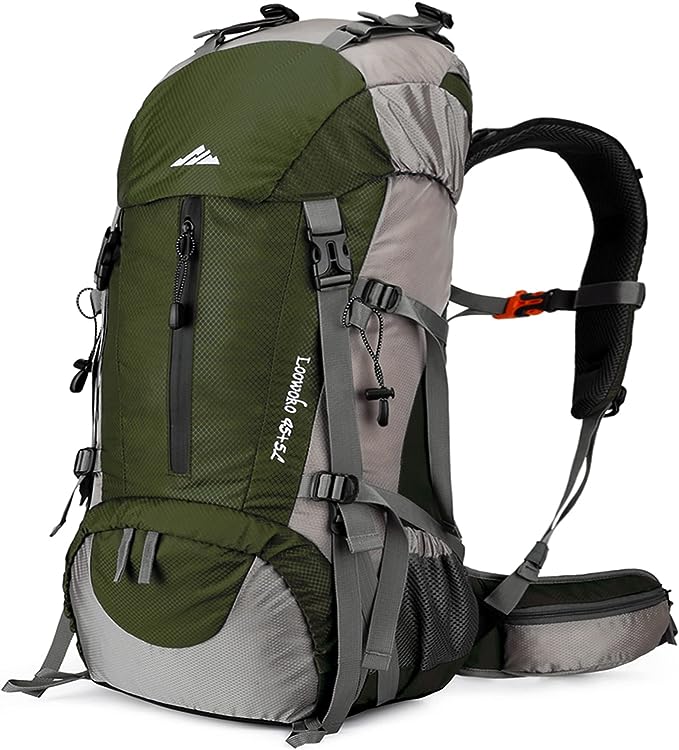
Popular Hiking Trails
Natural Entrance Trail
- Length: 1.25 miles (2 km)
- Difficulty: Moderate
- Details: This popular trail takes hikers on a steep descent into Carlsbad Cavern’s natural entrance, where they can begin their underground adventure.
Big Room Trail
- Length: 1.0 mile (1.6 km) loop
- Difficulty: Easy
- Details: After entering the caverns via the elevator, visitors can explore the Big Room Trail, a self-guided loop that circles the massive Big Room, one of the largest underground chambers in North America.
Pine Tree Trail
- Length: 2.0 miles (3.2 km) loop
- Difficulty: Easy
- Details: The Pine Tree Trail is a relatively easy, short loop trail that takes hikers through a forest of piñon pine and juniper trees.
Rattlesnake Canyon Trail
- Length: 4.0 miles (6.4 km) round trip
- Difficulty: Moderate
- Details: This moderately challenging trail takes hikers through the rugged desert landscape, offering beautiful views of Rattlesnake Canyon and the surrounding area.
Guadalupe Ridge Trail
- Length: 6.0 miles (9.7 km) one way
- Difficulty: Strenuous
- Details: This strenuous trail is for more experienced hikers who are looking to explore the higher elevations of the park.
Cottonwood Springs Trail
- Length: 1.5 miles (2.4 km) round trip
- Difficulty: Easy to Moderate
- Details: This short, relatively easy trail leads through a dry creek bed and along the Cottonwood Springs area.
Hiking Trails in Carslbad Caverns
For a more leisurely hike, the Big Room Trail offers a 1-mile (1.6 km) loop that takes visitors through one of the largest underground chambers in North America. Accessible via the elevator, this easy trail allows visitors to explore the awe-inspiring formations of the Big Room, including stalactites, stalagmites, and columns. It’s an ideal trail for those who want to experience the beauty of the caverns without much physical exertion. The trail is well-maintained, and interpretive signs along the way provide interesting facts about the cave’s geological features, making it a perfect educational experience for families and casual hikers.
Gear We Used

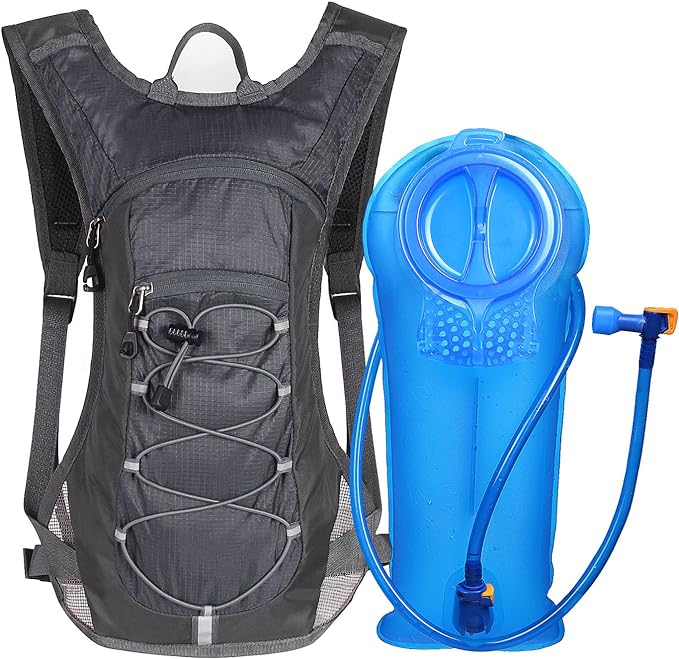
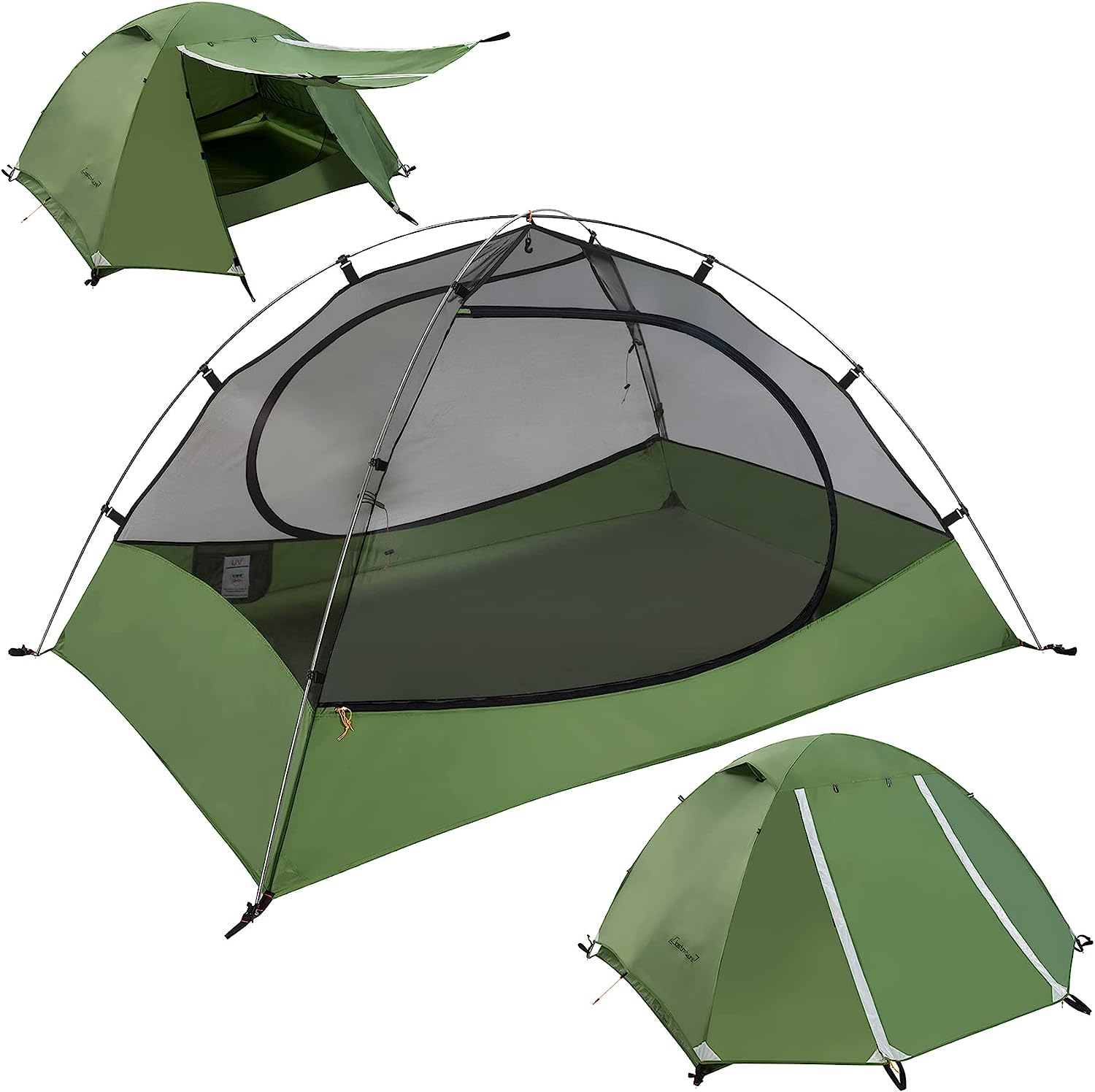
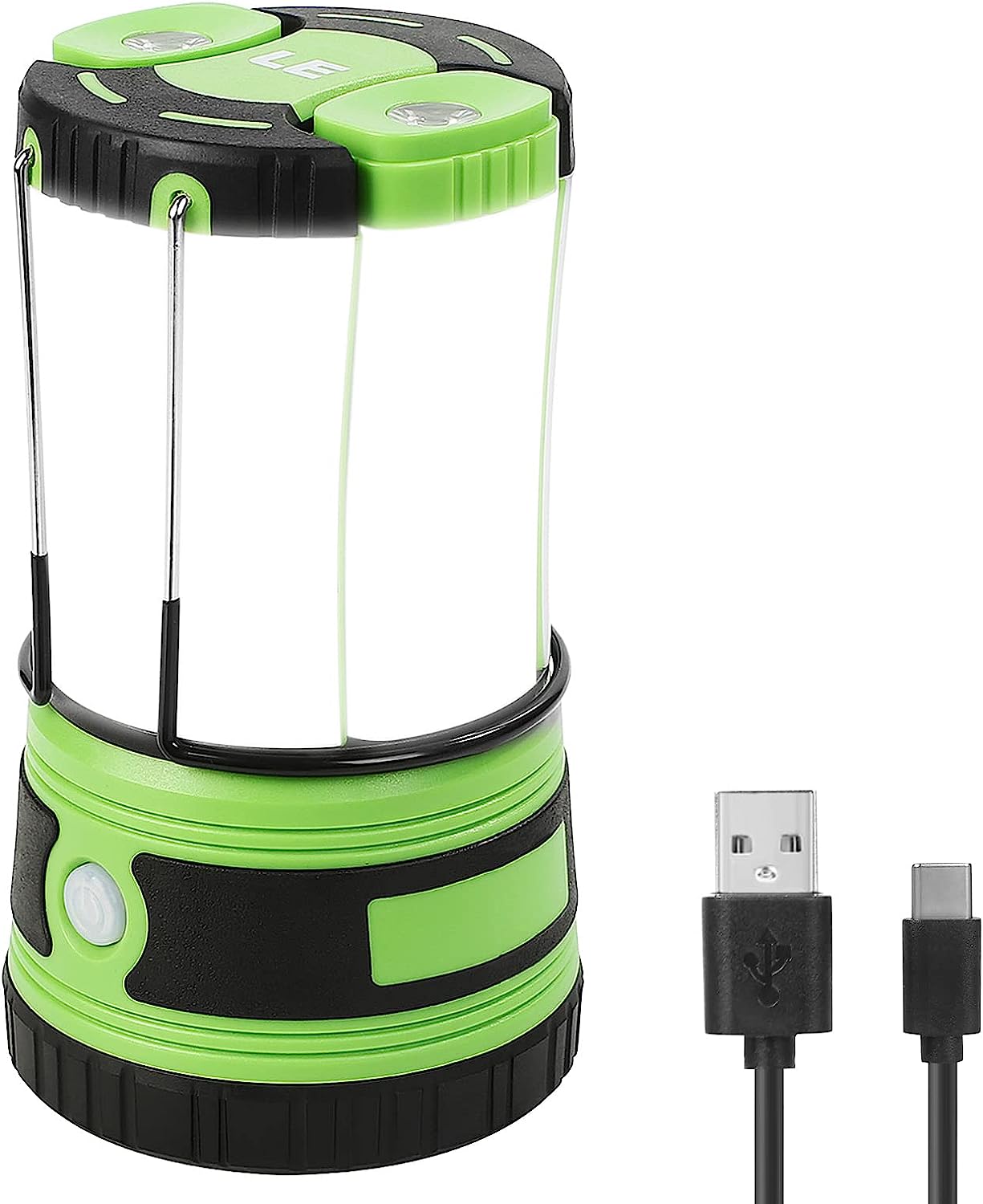
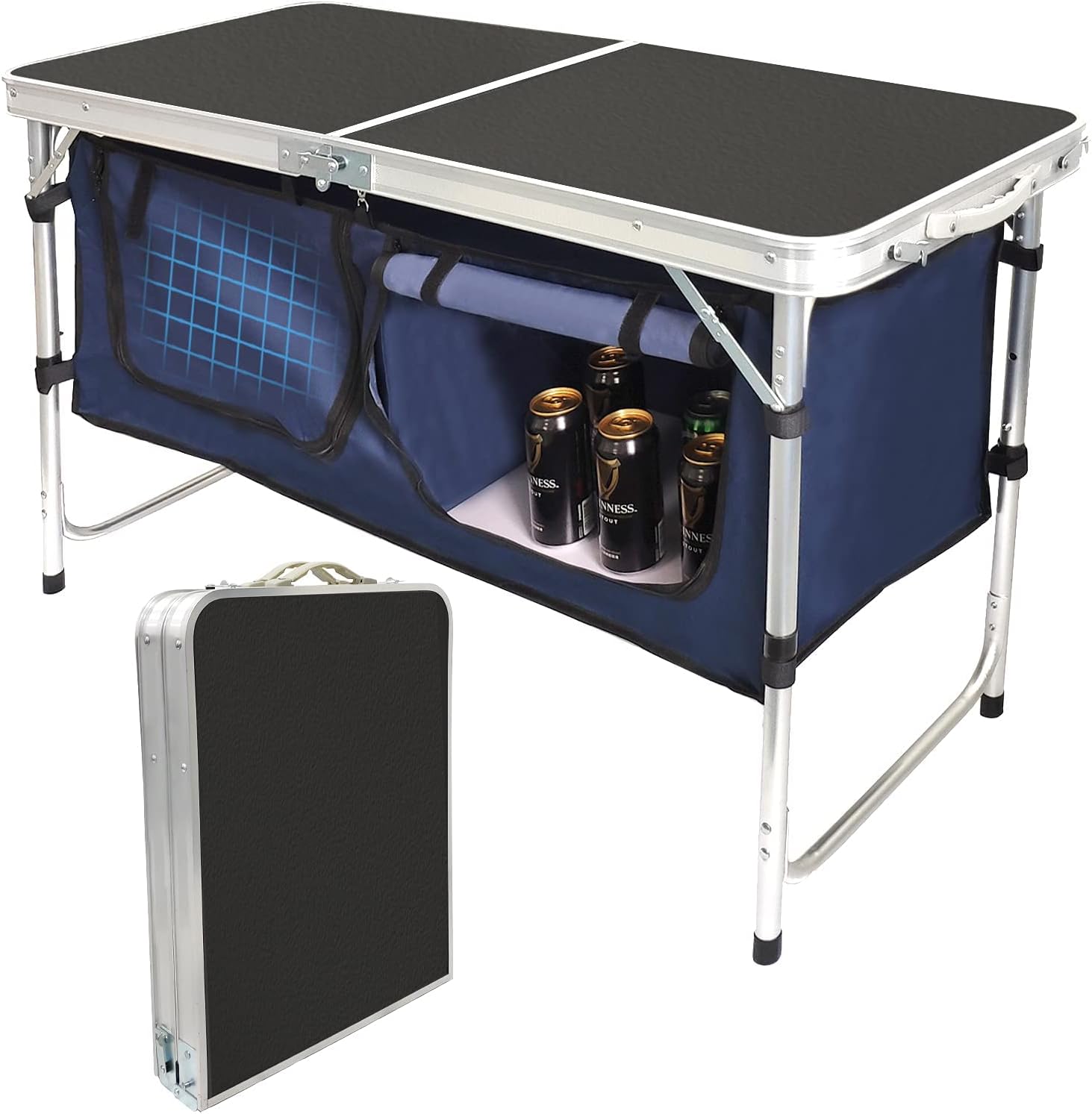
Must-Do Activities
Explore the Carlsbad Cavern’s Big Room
A visit to Carlsbad Caverns National Park wouldn’t be complete without exploring the Big Room, one of the largest underground chambers in North America. You can take a self-guided tour along the Big Room Trail, which is an easy 1-mile loop, and marvel at the stunning stalactites, stalagmites, and other unique formations. The vastness of the cavern is truly awe-inspiring, and the illuminated paths make it easy to explore at your own pace. It’s a must-see for anyone visiting the park.
Hike the Natural Entrance Trail
For an unforgettable experience, take the 1.25-mile Natural Entrance Trail, which leads you down into the caverns through a steep and winding path. The hike offers breathtaking views of the surrounding desert landscape, and you’ll reach the natural entrance of the cave, where you can begin your underground adventure. This trail provides an immersive way to experience the park’s geology before you even step foot inside the caverns, and it’s a great way to see the dramatic contrast between the desert surface and the cool, dark interior of the cave.
Witness the Bat Flight Program
Biscayne National Park History
Carlsbad Caverns National Park has a rich history that dates back thousands of years, with human inhabitants and explorers discovering its underground wonders long before it became a protected park. Indigenous people, including the Mescalero Apache, were likely aware of the caves, using the surrounding area for hunting and gathering. However, it wasn’t until 1827 that a European-American, traveling through the region, made the first documented discovery of the cavern system. It was not until 1898, when local rancher Jim White ventured into the cave, that the world became truly aware of the incredible underground formations. White is credited with mapping out the caverns, and his efforts brought widespread attention to the site, sparking curiosity and the beginning of modern exploration.
In 1903, Carlsbad Cavern was designated as a national monument by President Theodore Roosevelt, marking the first step toward preserving this natural wonder. This designation helped ensure the protection of the cave system, though early visitors had little access to the caverns. Jim White played a key role in making the caves more accessible, constructing a 750-foot ladder that allowed people to descend into the cavern. His efforts, along with the increasing popularity of the site, contributed to the eventual establishment of Carlsbad Caverns National Park in 1930, securing the area’s status as a national treasure for future generations.






